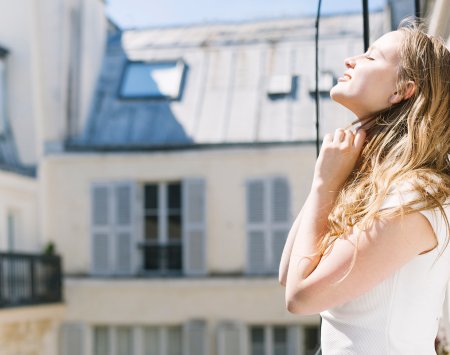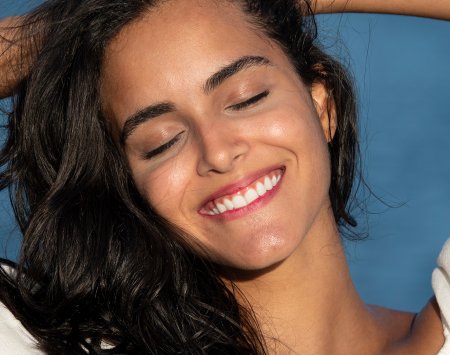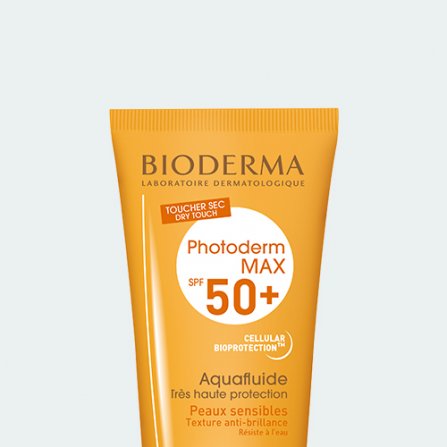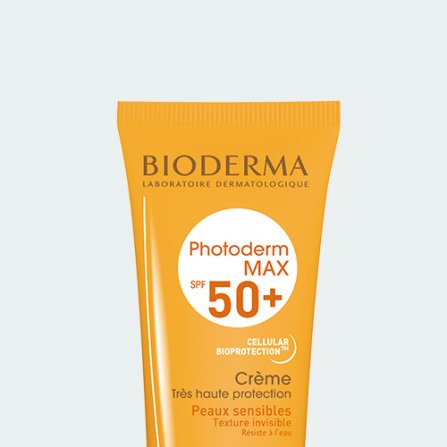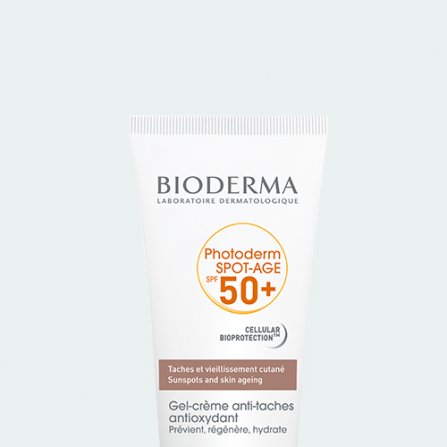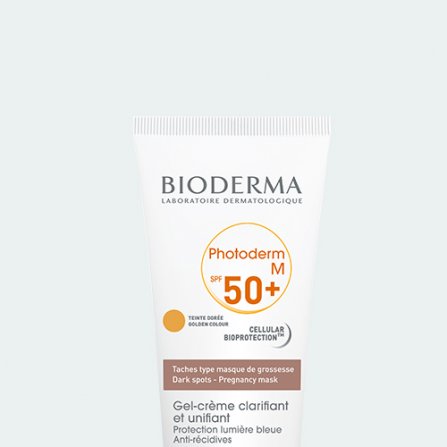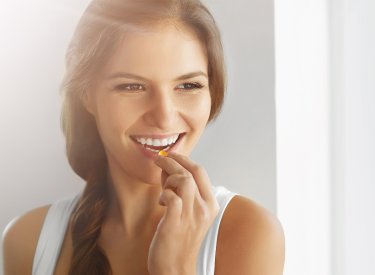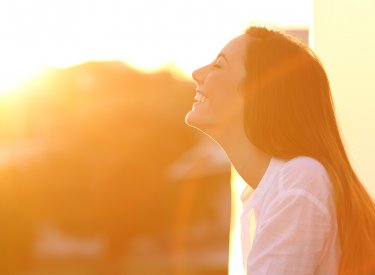How do we get a tan?
Tanning is a natural biological process to adapt to our environment. When skin is exposed to the sun, more melanin is produced, turning the skin into a darker colour than usual and thickening the visible layer of our skin. These two reactions are to protect our body from UV rays. Tanning provides a fairly effective filter for UVB rays, avoiding sunburn. But it offers no protection from UVA and visible rays. It, therefore, doesn’t lower the risk of either premature ageing or skin cancer.
How long does it take to get a tan?
The tanning process takes a while to begin. Melanin is produced within the deeper layers of the skin and must migrate to the skin’s surface. After several days of sun exposure, tanning occurs little by little. The intensity depends on your skin tone. An effective and protective sunscreen is the best way to wait for melanin to surface and to tan in complete safety.

